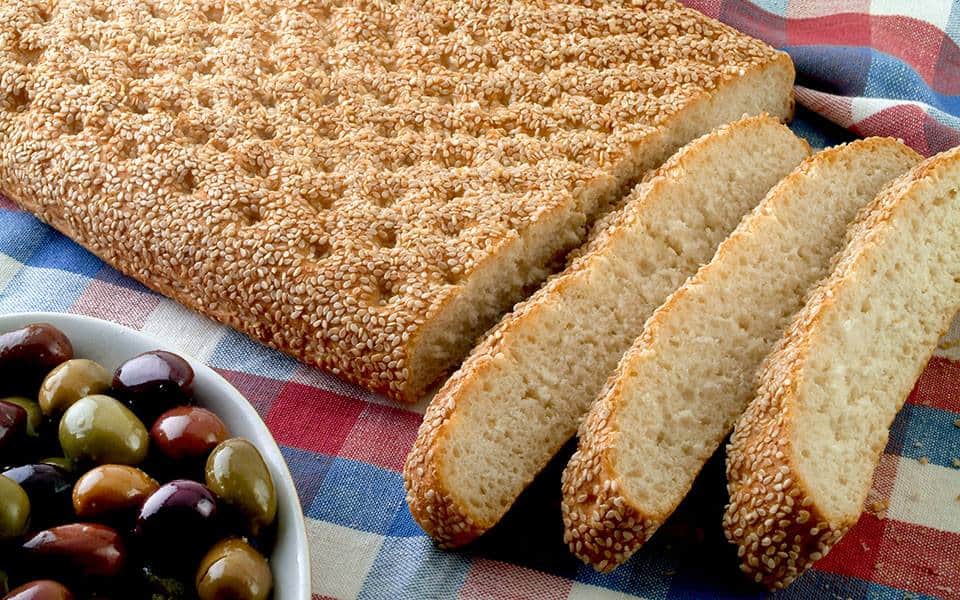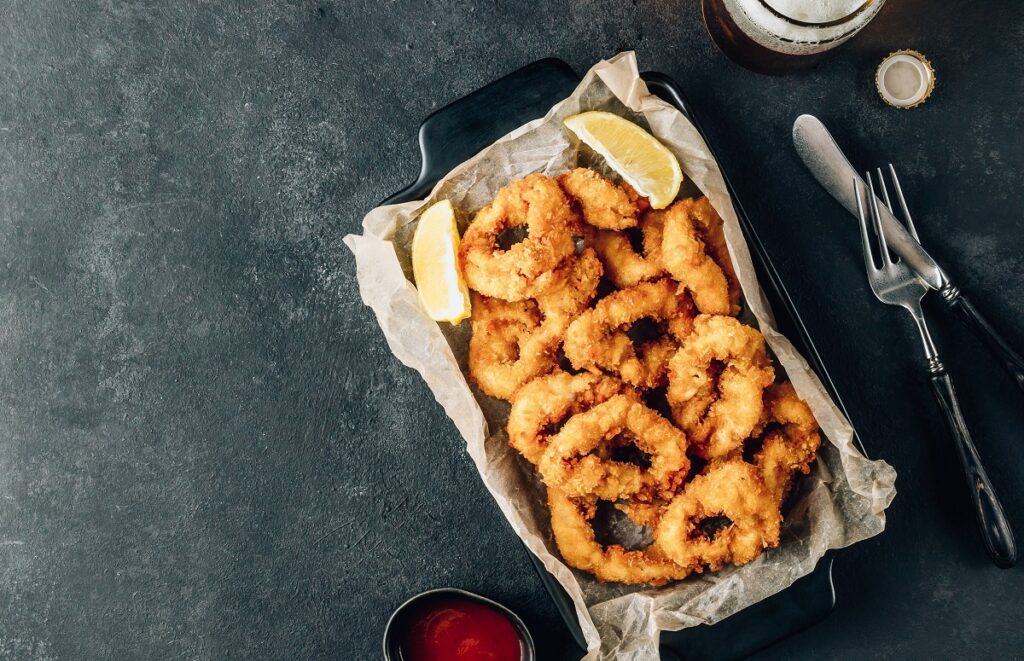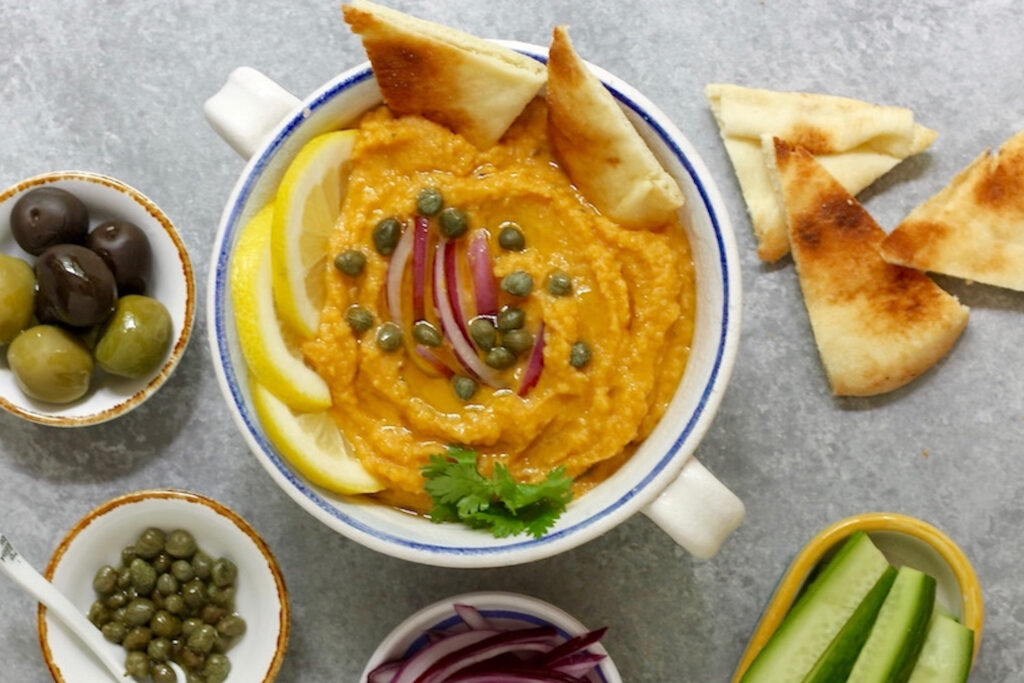Make the best choices for Clean Monday by knowing what you’re consuming.
Clean Monday marks the beginning of the most important Christian fast. How many of us think of fasting as something “healthy” and an opportunity to lose weight? But is it so?
Let’s start by examining the Clean Monday menu to see how nutritional it is.
Lagana

It is unleavened bread sprinkled with plenty of sesame seeds and accompanies all Lenten dishes, both savoury and sweet.
Nutritionally, lagana is dominated by carbohydrates, monounsaturated fatty acids, or “good” fats as we usually say, and vitamin E.
Did you know that one slice of lagana has about 90 kcal?
Tip! If you don’t want to consume to many calories and increase your carb intake from the lagana, limit yourself to one slice, which you can combine with a tablespoon of taramosalata.
Taramosalata (Tarama)

Its main ingredient is fish eggs (mainly carp or cod), prepared with olive oil, onion, lemon, and bread and/or potato. Tarama is rich in high-biological-value proteins and vitamins A, D, and zinc.
Calorically, tarama is approximately 130 kcal/1 tablespoon.
Seafood and shellfish

The main dish of the day – cuttlefish, calamari, octopus, shrimp and mussels have an important place on Clean Monday.
Calamari are usually eaten fried (214 kcal/100 g) and less often grilled (90 kcal/100 g), while octopus is mainly cooked boiled or grilled (200 kcal/100 g). Shrimps are also usually eaten fried (300 kcal/12-15 small), baked, or boiled (70 kcal/12-15 small). Mussels and other shellfish are usually boiled and/or steamed (115 kcal/ 100 g of flesh or 10-12 large).
They are rich in proteins of high biological value, essential amino acids and vitamin B12.
Tip! Have grilled or boiled seafood instead of fried to reduce the calories and fats you consume. As you can see above, fried can be twice as many calories.
Other appetisers

In addition to these, your table can include various appetisers such as dolmades (184 kcal/100 g), melitzanosalata (100 kcal/1 tablespoon), boiled potatoes (80 kcal/1 medium), fava beans with olive oil (169 kcal/100 g), olives (45 kcal/10 small or five large), etc.
While these may tantalise your palate, they can certainly double the caloric intake of this meal.
Tip! Try to limit yourself to two appetisers, with a large salad at the beginning of the meal, to start satiety.
Sesame halva

It cannot be missing from the Clean Monday table, and rightly so. It is made from tahini (melted sesame) and often contains sugar syrup, fructose, stevia, or some other sweetener.
It is rich in monounsaturated fatty acids, vitamin E, B vitamins, calcium, magnesium, selenium, phosphorus, and zinc. However, it is an energy-dense food since it has approximately 550 kcal per 100 g.
Tip! Two halva slices are enough to cover your need for taste and enjoyment.
Alcohol

On this day, it is customary to accompany food with drinks such as ouzo (107 kcal/45 ml), white wine (82 kcal/120 ml), and beer (135 kcal/330 ml).
Tip: Try to limit yourself to one glass of wine, one can of beer, or two shots of ouzo.
So, looking at Clean Monday from a nutritional point of view, we notice that it offers us foods of high nutritional value, which in some cases is also the only day of the year that they are on the table.
Pay attention to how you consume them and their quantity to reap the benefits of these Lenten dishes.
Observe Clean Monday by moderating consumption as the Lenten table is not an “enemy” of a balanced diet!
After all, remember… It’s only one day, and if something goes wrong nutritionally, you don’t need to be disappointed because you can make amends in the following days.
Chrysoula Tsikni is a Dietitian-Nutritionist and contributor to YgeiaMou. Translated by Paul Antonopoulos.
READ MORE: Nistisimo Tsoureki with chocolate swirls.


